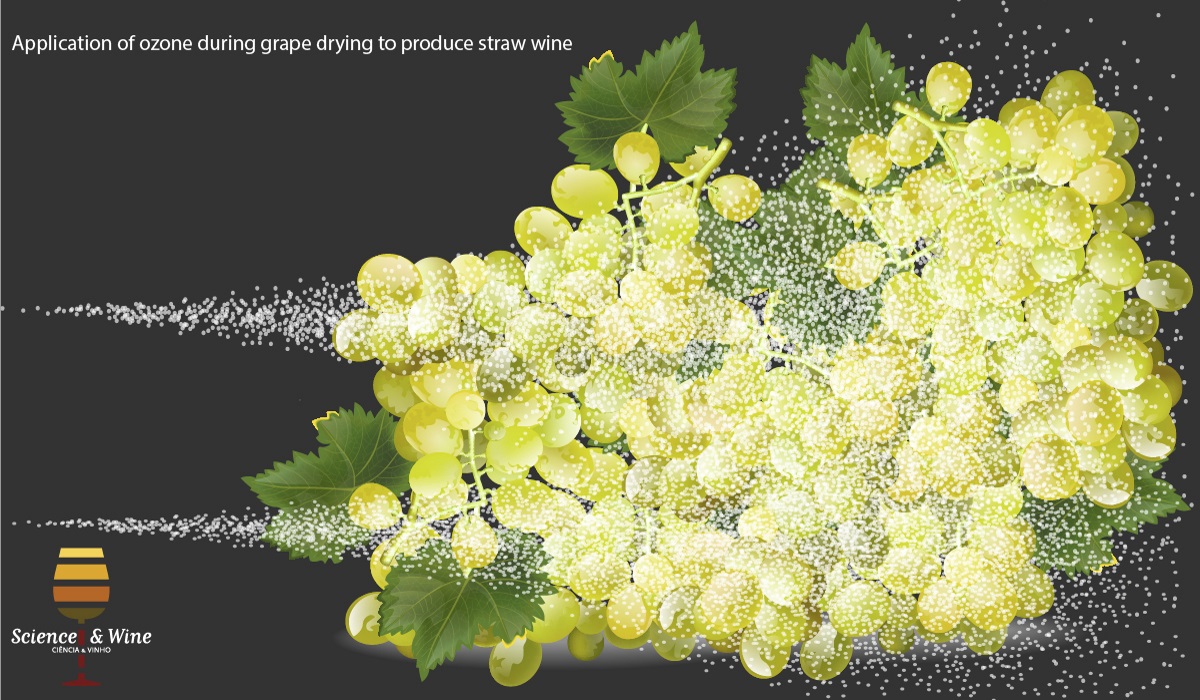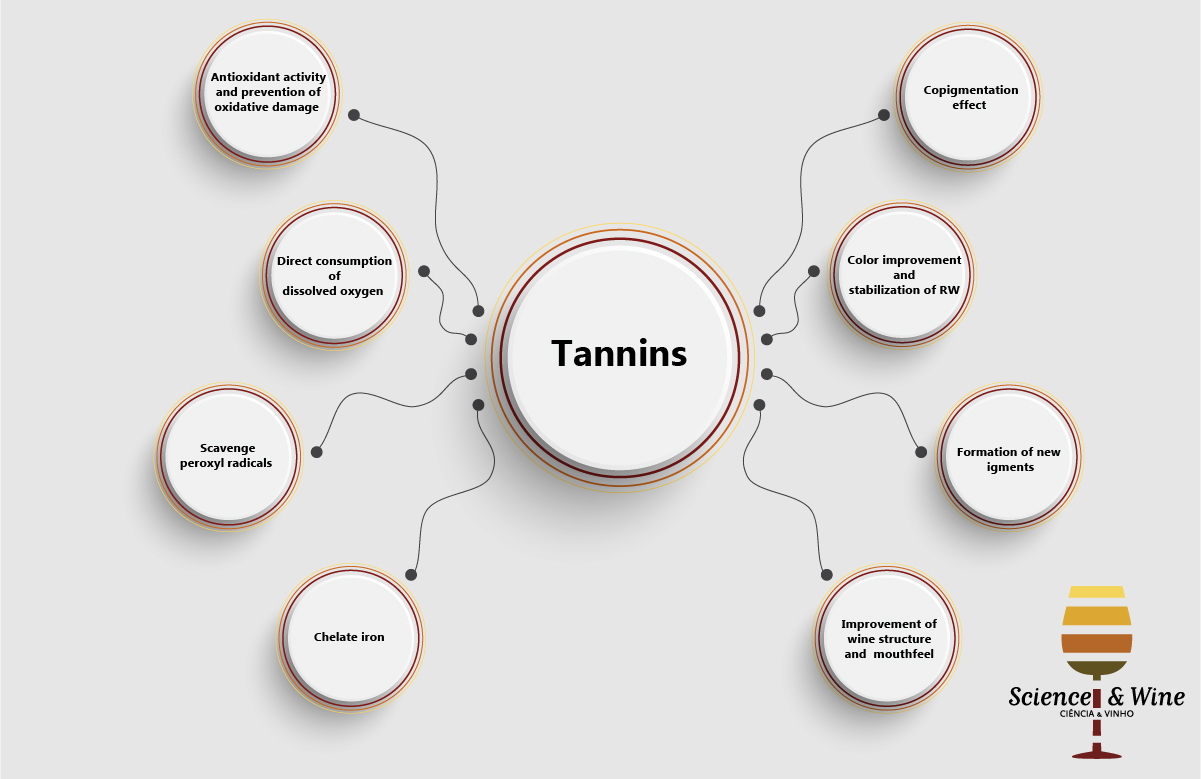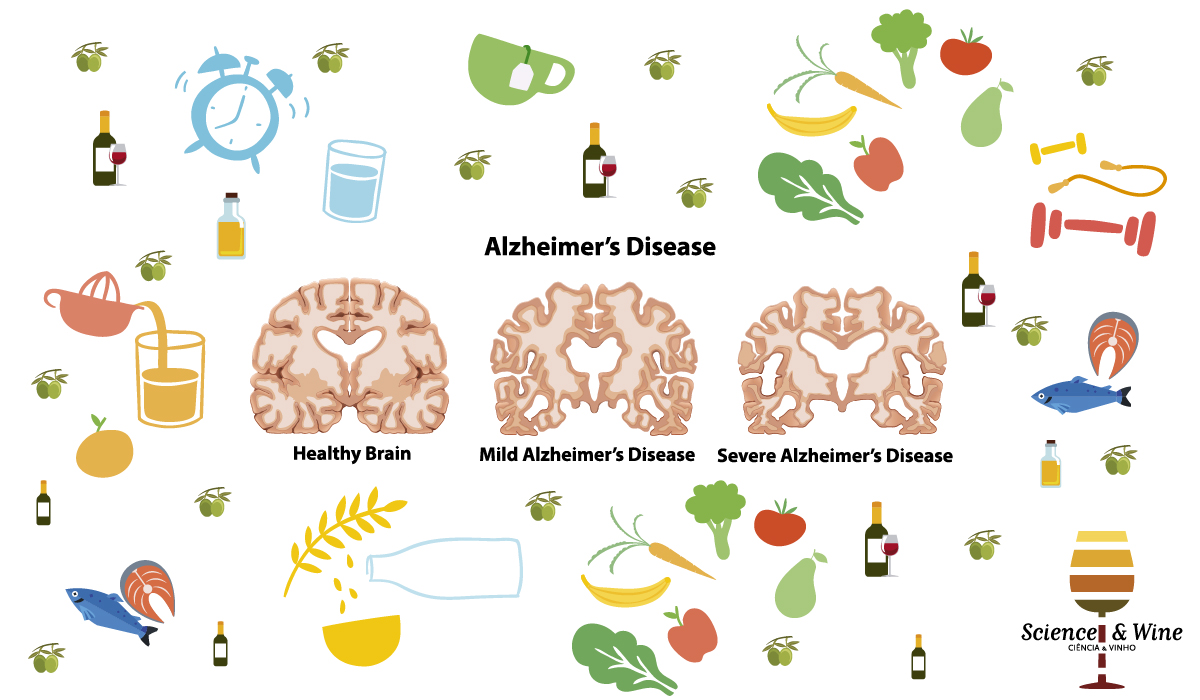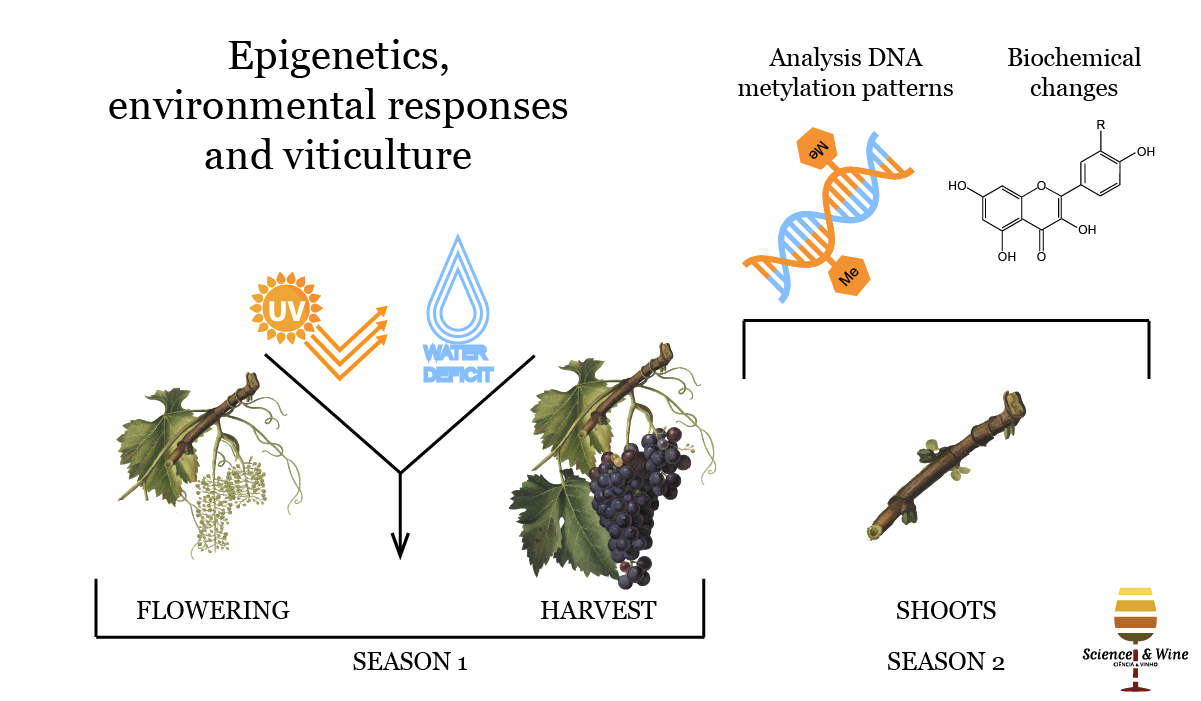Since plants as sessile organism cannot escape from stressful environmental conditions they have developed morphophysiological and biochemical adjustments (phenotypes), as the result of short-term gene expression changes and epigenetic modifications like DNA methylation. The ability of an organism to express diverse phenotypes in different environments is called phenotypic plasticity. This plasticity is part of acclimation processes, which prevent plants from dying and enable plant production in diverse environments. Grapevine possess high phenotypic plasticity allowing it to grow in very contrasting environments around the world.

Application of ozone during grape drying to produce straw wine. Effects on the microbiota and compositive profile of grapes.
Relevant economical losses due to proliferation of spoilage microorganisms occurs during drying grapes after harvest. This post reports a study carried out to evaluate the use of ozone as tool to preserve grapes during drying. Chemical analysis revealed that untreated grapes are less suitable for winemaking owing to the deprivation of some valuable compounds during the microbial proliferation. In conclusion, ozone is effective and safe alternative to chemical preservatives which are actually involved in the control of microbial alterations of grapes.

New insights about the functionalities of oenological tannins
This post is a summary of current literature on oenological tannins, which can have different origins and, therefore, have different composition and characteristics. The use of oenological tannins in winemaking is a common practice but the International Organization of Vine and Wine (OIV) only authorize nowadays their use for wine fining. Nevertheless, it is incontestable that oenological tannins are also currently used for many other purposes. Indeed, the literature has attributed several other functionalities to oenological tannins, such as antioxidant activity, direct consumption of dissolved oxygen, antioxidasic activity, ability to scavenge peroxyl radicals, ability to chelate iron (II), prevention of oxidative damage mediated by Fenton-based reactions, color improvement and stabilization of red wines, direct formation of new pigments, improvement of wine structure and mouthfeel, copigmentation effect, elimination of reduction odors and even bacteriostatic effects.

The beneficial effects of wine polyphenols on Alzheimer’s disease
With aging decline of cognitive function occurs, but the mechanisms responsible are unknown. However, is now acknowledged that several lifestyle factors (e.g. diet, cognitive and physical activities) have an impact on brain aging and the development of neurodegenerative diseases. This post is about the neuroprotective abilities of the wine polyphenols in correlation to the pathophysiological mechanisms involved in Alzheimer’s disease (AD) and summarizes a part of a recent review paper written by me in collaboration with David Vauzour published in Beverages Journal [1].

